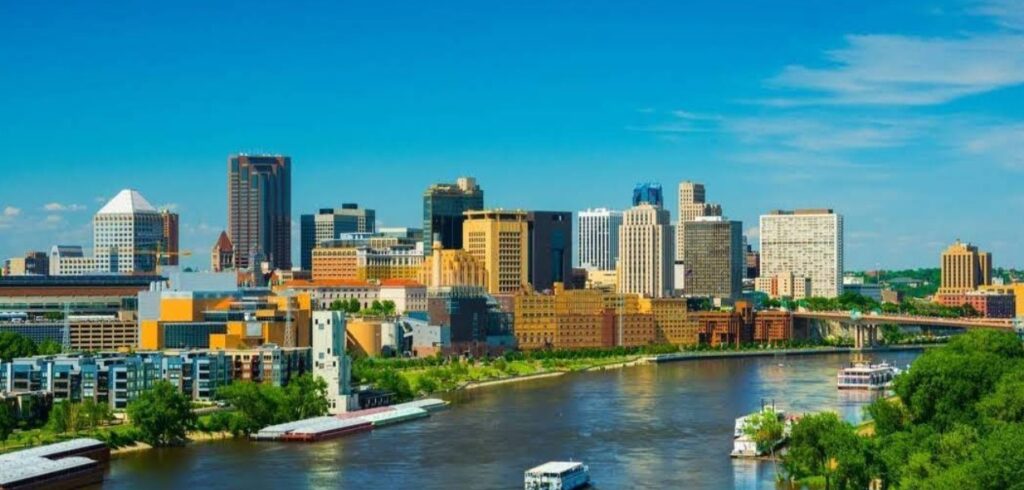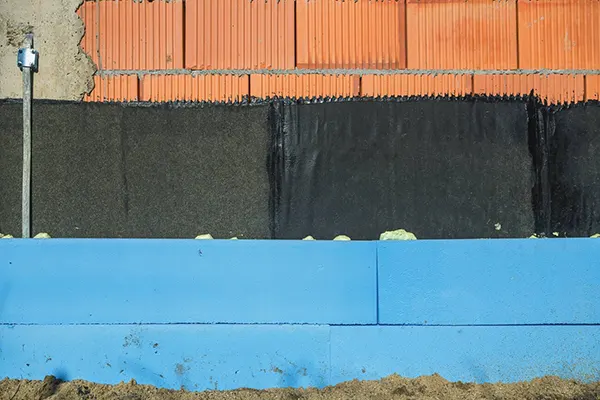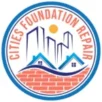Downtown St. Paul Neighborhood Guide
Everything you need to know about living, working, and building in Downtown St. Paul
📍 Quick Overview

One of the things I’ve always liked about working downtown is how every foundation tells a story about St. Paul’s history. When we’re crawling around basements in these old buildings, you can see how the city grew up from the river – some of these foundations have been holding up buildings since before Minnesota was even a state. It’s the kind of place where you’ll see state workers grabbing lunch next to artists and families who’ve been here for generations, all mixed together in a way that just works.r.
What Makes Downtown St. Paul Special
Downtown sits right along the Mississippi River bluffs, so you get these great views of the water and the Minneapolis skyline across the way.
It’s got this state capital vibe mixed with neighborhood feel. You’ll see legislators and lobbyists during the session, but also longtime residents who remember when downtown was sleepier.
You’re at the center of everything – the Capitol, the river, all the major highways meet here.
Natural Beauty
Community Feel
Convenience
The terrain here is interesting for foundation work – you’re dealing with river bluff geology, which means limestone bedrock in some spots and river bottom clay in others. Cathedral Hill rises up to the west, and you can see why people settled here – good high ground with water access.
People here seem to appreciate the history and want to keep these old buildings going strong. There’s pride in living where Minnesota’s government actually happens.
The skyway system means you can get around in winter without freezing, and you’re close enough to Minneapolis that it’s one metro area but far enough that St. Paul keeps its own personality.
🏠 Living & Building in Downtown St. Paul
Neighborhood Amenities
Housing & Development
Parks & Recreation: Mears Park is right downtown for events and farmers markets. The river trails are great for walking or biking, and you’re close to Como Park and the State Fairgrounds.
Shopping & Dining: Good restaurant scene with everything from lunch counters to nice dinner spots. The skyways connect you to shopping, and there’s always something happening around Rice Park or the Xcel Energy Center.
Schools & Services: Close to everything you need – libraries, medical facilities, government offices. Some folks send kids to St. Paul schools, others choose private options nearby.
Transportation: Light rail connects you to the airport and Minneapolis. Bus lines run through downtown, and you can walk or bike to most things. Parking can be a challenge, but that’s downtown life anywhere.
- Mix of everything – converted historic buildings, modern condos, some original Victorian houses
- Lots of loft conversions in old commercial and industrial buildings
- Foundation issues are common in older buildings, especially near the river
- Some properties deal with settling due to the varied soil conditions
- The skyway system connects many of the residential buildings to downtown amenities
“Foundation work downtown often means dealing with buildings that were constructed in different eras with different standards. We’ve worked on everything from 1880s limestone foundations to 1960s concrete block. The river proximity and bluff geology create interesting drainage challenges, and some of the older buildings near the river deal with seasonal moisture issues. Access can be tight in some of the converted buildings, but that’s part of working in a real downtown.”
🗺️ Area Map
❓ Quick Facts About Downtown St Paul
Neighborhood Stats
About 5 minutes to downtown Ithaca and The Commons
Most lots are pretty generous—think quarter-acre and up, with big setbacks from the street
Mostly zoned for single-family homes, with some student housing and a few small apartment buildings mixed in
All the standard utilities, plus city water and sewer, and high-speed internet (handy for all the professors and students)
Planning a Project Here?
Foundation work downtown means dealing with varied soil conditions – limestone bedrock in some areas, clay and fill dirt in others, especially closer to the river. Many buildings have older utility connections that need updating during foundation repairs. Permits go through the city, and historic buildings may have additional requirements. Winter work is possible in basements, but access can be challenging when it’s icy. The skyway system sometimes affects how you plan equipment access.
🚜 Local Foundation Repair
We provide foundation repair and basement waterproofing throughout downtown St. Paul and the greater Twin Cities area. Working on foundations in historic downtown buildings requires understanding both old construction methods and modern solutions. Whether you’re dealing with settling issues, basement moisture problems, or structural concerns in an older building, we know how to diagnose the real problem and fix it right the first time. Downtown property owners need contractors who can work efficiently in tight spaces and understand that every building has its own personality.
Planning foundation work downtown? Let’s take a look at what you’re dealing with and figure out the best approach for your specific building.

